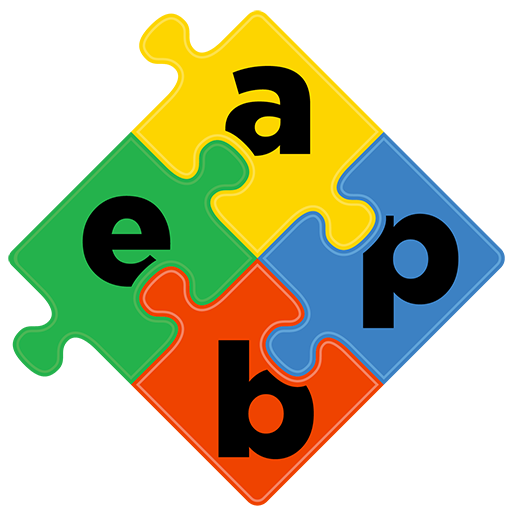Bluetooth or Proximity Marketing
First of all a definition of what is commonly referred to as Bluetooth or Proximity marketing:
‘The localised wireless distribution of advertising content associated with a particular place. Transmissions can be received by individuals in that location who wish to receive them and have the necessary equipment to do so’.
The emergence of Bluetooth technology has enabled businesses to effectively promote their products and services by sending advertising messages to phones within a targeted area, at a cost effective price. Used best, it is a great way to communicate offers and promotions to potential customers who are close by (usually defined as: within a geographic radius of 100 metres).
Proximity marketing can be an effective differentiator when used and implemented correctly, and importantly when you have something of real value and interest to tell passers by. Imagine you are a smaller retailer on a busy London street. The ability to stand out and communicate with passers-by will drive brand awareness, foot fall and all things being equal, an increase in sales.
Essentially the latest generation of proximity marketing platforms seek to significantly improve the shopper experience and the retailer’s bottom line.
With regards to improving the experience of the shopper, last week we saw the introduction of the Apple Watch. Wearable technology is in one regard about delivering just the right amount of information, right where and when you want it.
Proximity and Bluetooth marketing works along the same lines. You can see then that there is huge potential for a coming together of technology that delivers a highly personalised shopping experience, in combination with this type of tailored mobile marketing and advertising.
In 2013, there were 6.8 billion mobile-cellular subscriptions – almost as many mobile-cellular subscriptions as people in the world! Mobile-cellular penetration rates stand at 96% globally; 128% in developed countries.
In 2013, 2.7 billion people – almost 40% of the world’s population – are online.
With mobile devices becoming a staple of modern society and the preferred way of accessing digital content, to be successful today’s retailers and marketing professionals will need to understand how to connect with mobile consumers, at the right time and in the right place.
So, just what can you send to somebody’s smartphone, tablet or in the future wearable tech? Below are, for example, some of the files types that can be sent to a mobile phone:
• Images as .gif , .jpg or .png files
• Text as .txt files
• Animated images as animated .gif files
• Audio as mp3, mp4, wav and ring tones (larger files take a longer time to send)
• Video as 3gp or mp4 files – (see above)
• Macromedia (Adobe) Lite as .wmv files
• Flash lite files .swf
• Java Applications as .jar files
• Wallpapers
• Business Card files and Calendar Event files (.vcf , vcard)
• And any file supported by a mobile phone (even .xls, .doc, .pdf ,etc)
• Applications (.sis)
In summary, companies that can combine technology and context to manage proximity engagement at the right place, at the right time, to the right audience, are the ones likely to reap the rewards of this form of localised and highly personalised marketing.
Paul Brewster, September 2014
